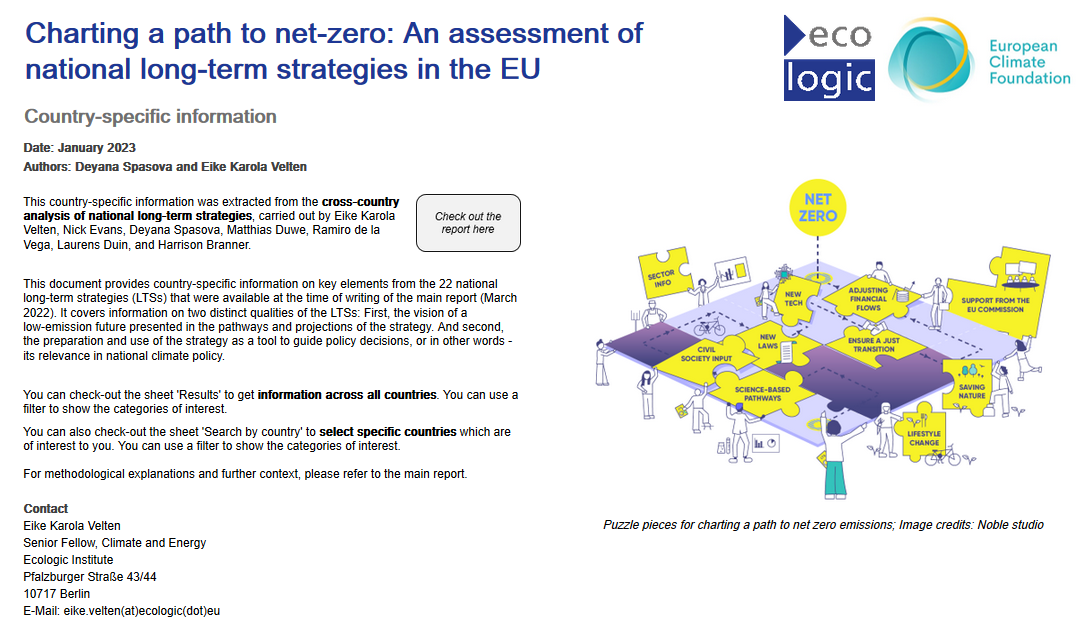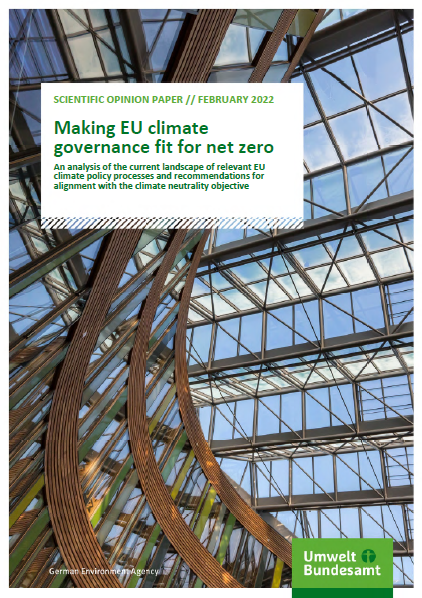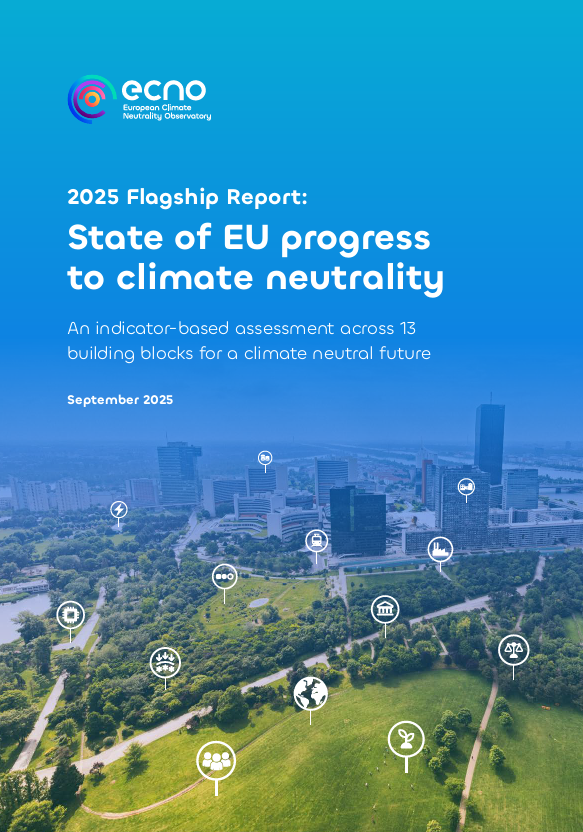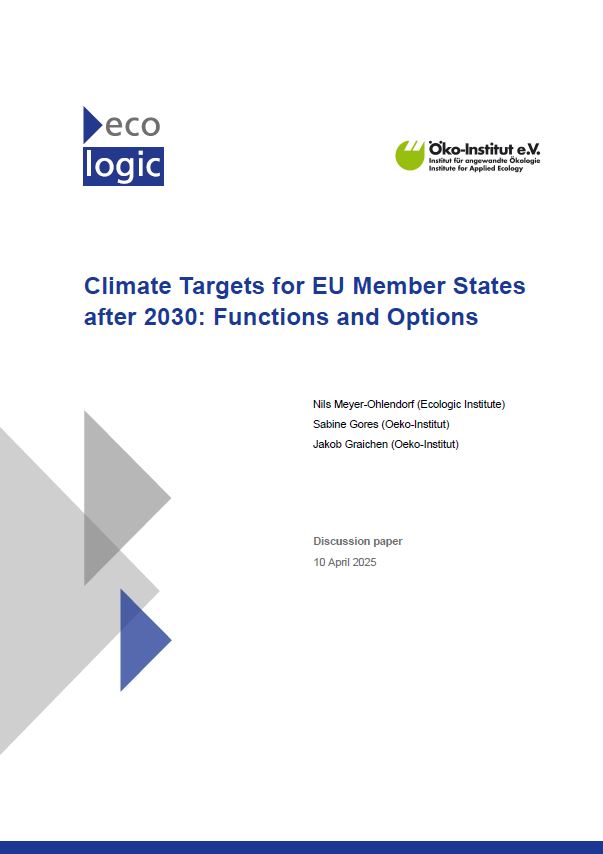Foto von Gildásio Filho auf Unsplash
Aligning the EU's Short-term Climate Actions with Long-term Goals
Case study for the Deep Decarbonization Pathways (DDP)
- Project
- Duration
-
-
As countries prepare their next round of nationally determined contributions (NDC), aligning near-term climate measures and aims with the ambition spelled out in long-term low-emission development strategies (LT-LEDS) is crucial for achieving the objectives of the Paris Agreement
In a new case study commissioned by the Institute for Sustainable Development and International Relations (IDDRI) under the Deep Decarbonization Pathways (DDP) project, Ecologic Institute explores the connections between short- and long-term climate planning by the EU.
Within the DDP project, Ecologic Institute contributed a detailed analysis of the EU’s climate governance architecture and its role in connecting short-term policy cycles with the long-term goal of climate neutrality. The project team examined how instruments such as the European Green Deal, the European Climate Law, and the Governance Regulation enable coordination between Member States and support a shared trajectory toward 2050 targets.
At the same time, the research identified areas where further alignment is needed. The outdated 2018 long-term strategy, inconsistencies between national climate and energy plans (NECPs) and long-term strategies (LTS), and persistent investment gaps pose challenges to maintaining momentum in the clean transition. These gaps underscore the need for continuous updating, stronger integration across planning levels, and clearer investment pathways.








